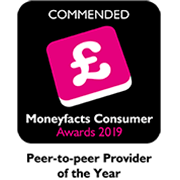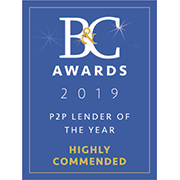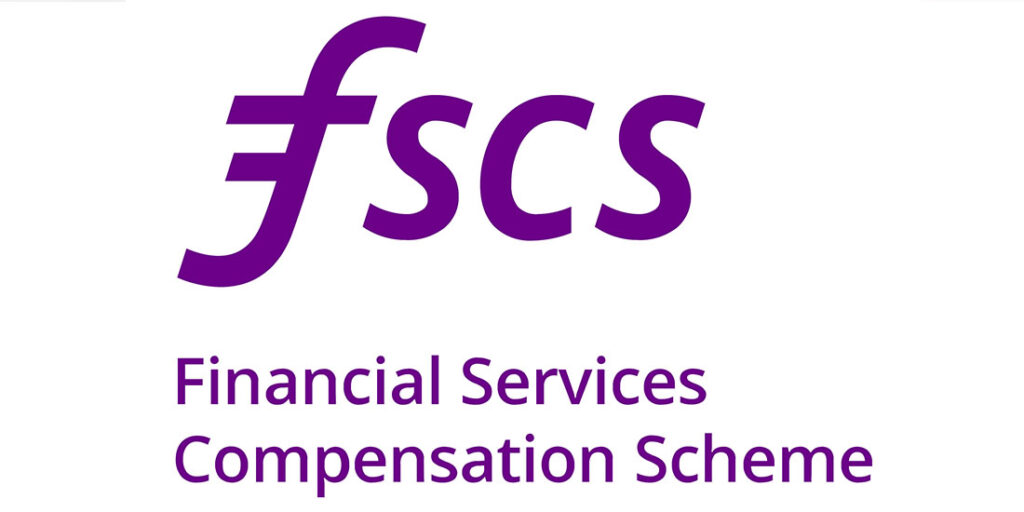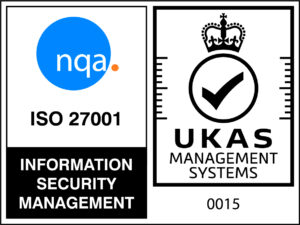
How does a bridging loan work?
A bridging loan is a short-term loan that is borrowed to fulfil an immediate finance gap. With bridging loans, you can borrow large sums of money over a short period, anything between a week to a year (depending on the lender). Let’s get into some more detail of how these loans work.
What are bridging loans?
Bridging loans are secured loans that are used to purchase land, residential and commercial property. These loans are designed to ‘bridge’ a short term financial gap, such as buying a house before you have finalised the sale of your existing property or to buy property at auction within a limited time frame.
Bridging loans can be costly compared to other loans as they are taken out for a short periods and should only be seen as a short term fix and not a long term solution. However, the whole cost is still lower than taking out a mortgage over 20 to 25 years.
How can you use a bridging loan?
You can use bridging loans to do the following:
Buy a house- for instance, if you need to relocate immediately, but you haven’t sold your current property, you can use a bridge loan to act swiftly.
Buy property at an auction- when you buy a property at an auction, you have to make a 10% payment immediately with the balance paid within 28 days so a bridging loan could solve that issue for you.
Property development– a bridging loan can be used by property developers or landlords to finance the refurbishment and renovation of properties that are sold or refinanced when works have completed.
You can also use bridging loans to:
- Pay HMRC tax bills
- For Buy-to-let investments
- Make Mortgage settlements
How bridging loans work?
There are two kinds of bridging finance: open and closed bridging loans.
1. Open Bridging Loans
Open bridging loans don’t have a specific repayment date, but most loans have to be repaid within a time frame which is pre-agreed within the lender from the outset. These loans may be suitable if you want to refurbish or renovate your property to be sold quickly. A lender will only consider this if they feel there is a suitable exit of the loan.
2. Closed bridging loans
These types of loans have a fixed repayment date and a lender who is already lined up to exit the short term bridge loan. They are ideal to use if you know when you will be able to pay off the loan. For instance, if you haven’t sold your house, have signed the contracts, but the sale hasn’t been made.
First and Second charge bridging loans
When you take out a bridging loan, a ‘legal charge’ is placed on your property like a mortgage. This is done to secure the loan. A charge is a legal contract that sets the priority of which lenders will get repaid. Generally, there is no limit on how many charges you can list on a property.
A ‘first charge’ is taken when there is no previous borrowing taken out against the property and no other lender has registered a charge, this charge will be repaid first followed by a second charge and so on.
A ‘second charge’ is taken when a further loan is taken out by a client but there is already a lender ahead of them who has taken a first charge on the property. Usually, second charge providers will have to get the permission of the first charge lender before they are able to take their charge.
How much does a bridging loan cost?
A bridging loan is taken out for a typical period of 9-12 months; therefore, interest is charged monthly instead of yearly. You are also likely to have to pay a fee.
Bridging Loan Interest
The bridging loan annual percentage rate (APR) falls between 6.1% to 19.6%, which is higher compared to standard mortgages.
Like a mortgage, you can pick the way you will repay your bridging loan interest.
Fixed-rate bridging loan
With a fixed-rate bridging loan, you know the exact amount of interest you will have to pay during the term.
Variable-rate bridging loan
As the name suggests, interest rates on variable rate bridging loans can vary. The lenders set a rate according to the Bank of England base rate, meaning your payments may increase or decrease.
There are different ways to repay the interest, including:
Monthly: it’s paid as you pay the loan
Rolled up or Deferred: you pay the entire interest at the end of your loan.
A few lenders may let you payback your bridging loan interest with a blend of both.
How much can you borrow with a bridging loan?
Usually, bridging loans can be from £25,000 and go up to £100 million. The amount that you can borrow depends on the following:
- Value of the property you are using as security
- Your Credit Rating
- The deposit that you have in the property, most providers offer a loan to value of up to 75% of the property
- If you take out a first-charge loan, you will be able to borrow more than if you took out a second charge loan
- The interest rate you pay will be high compared to a standard home loan and fees, which means a bridging loan can be costly.
Bridging loan fees
You have to pay a fee if you take out a bridging loan. This is called an arrangement fee charged for setting up the loan and can be around 1 or 2% of the loan.
Other fees may include:
- Exit fees: some lenders may charge this; the charges can be up to 1% of the loan amount if you make early repayments
- Legal fees
- Valuation fees
- Broker or introducer fees
- Repayment or administration fees
How to take out a bridging loan?
To get a bridging loan, you have to prove that you can afford to pay it back.
The evidence includes:
- Proof of the property you are buying and the price you are paying for it
- Your plan for selling your current property or proof of an imminent sale
- You may need to provide proof that you have a backup plan to repay the loan amount if your current plan doesn’t come to fruition.Bridging loans have become valuable and useful for businesses and individuals looking for quick funding solutions. There are a lot of lenders available in the market, all providing different types of bridging finance. Some use high-risk assets as security like boats, jewellery or cars. In contrast, others mitigate the risk by securing the loans against property. Kuflink bridging loans are strictly secured against UK property. You can borrow from £50,000 up to £3 million with a max LTV of 75%.
We are fully authorised and regulated by the Financial Conduct Authority (FCA) and accept introductions from intermediaries that have FCA permissions. If you introduce a borrower to Kuflink you’ll receive 50% of the arrangement fee paid by the client. At present we do not offer regulated loans.
* Loans, interest rates and completion times are subject to underwriting criteria. Failure to meet the repayment criteria of a loan could result in the security being repossessed.













